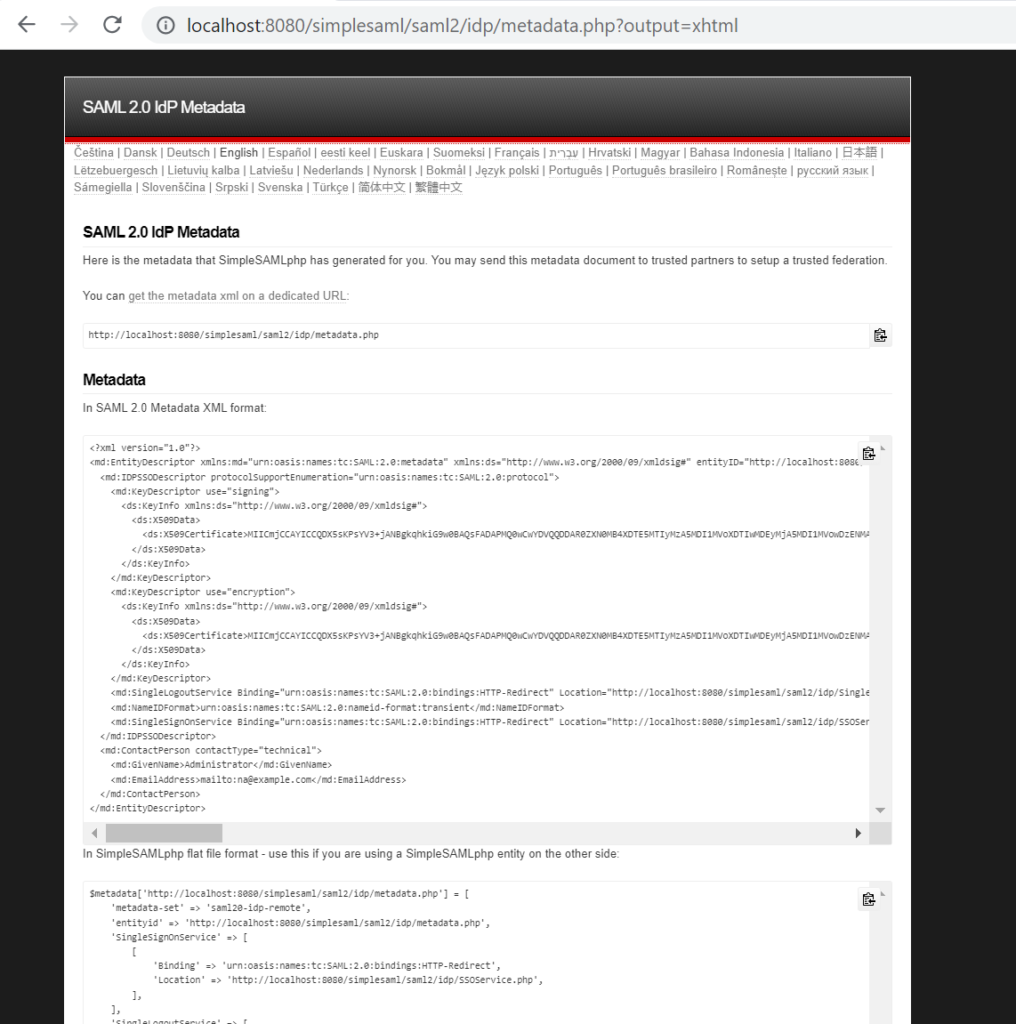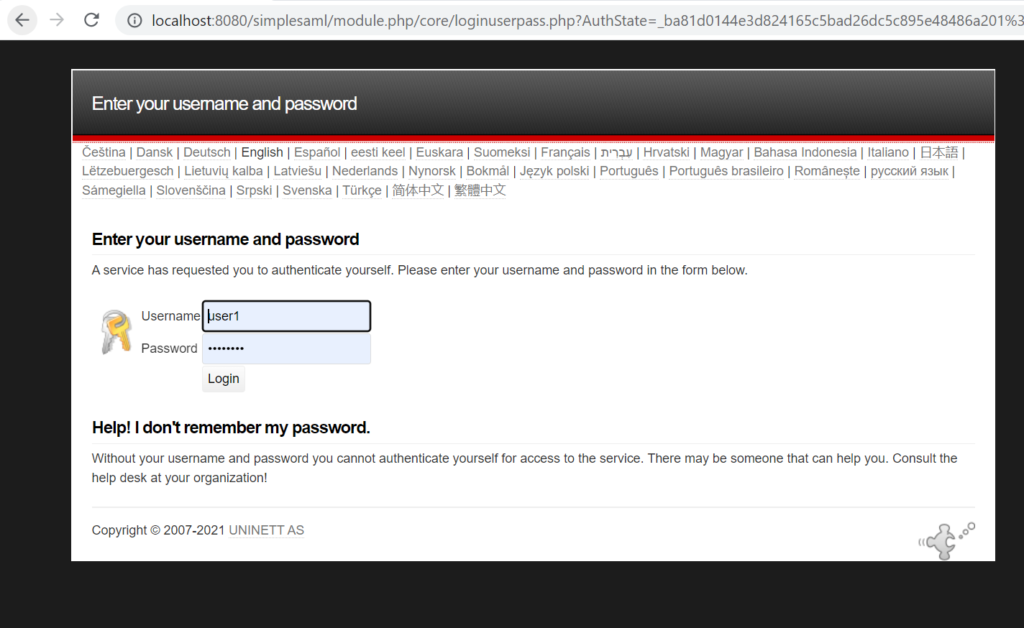Um eine alle möglichen Config Parameter eines Packetes anzuzeigen, kann man folgenden Konsolenbefehl verwenden:
php bin/console config:dump-reference doctrine_migrationsAusgabe:
# Default configuration for extension with alias: "doctrine_migrations"
doctrine_migrations:
# A list of namespace/path pairs where to look for migrations.
migrations_paths:
# Prototype
namespace: ~
# A set of services to pass to the underlying doctrine/migrations library, allowing to change its behaviour.
services:
# Prototype
service: ~
# A set of callables to pass to the underlying doctrine/migrations library as services, allowing to change its behaviour.
factories:
# Prototype
factory: ~
# Storage to use for migration status metadata.
storage:
# The default metadata storage, implemented as a table in the database.
table_storage:
table_name: null
version_column_name: null
version_column_length: null
executed_at_column_name: null
execution_time_column_name: null
# A list of migrations to load in addition to the one discovered via "migrations_paths".
migrations: []
# Connection name to use for the migrations database.
connection: null
# Entity manager name to use for the migrations database (available when doctrine/orm is installed).
em: null
# Run all migrations in a transaction.
all_or_nothing: false
# Adds an extra check in the generated migrations to allow execution only on the same platform as they were initially generated on.
check_database_platform: true
# Custom template path for generated migration classes.
custom_template: null
# Organize migrations mode. Possible values are: "BY_YEAR", "BY_YEAR_AND_MONTH", false
organize_migrations: false
# Use profiler to calculate and visualize migration status.
enable_profiler: false
# Whether or not to wrap migrations in a single transaction.
transactional: true


